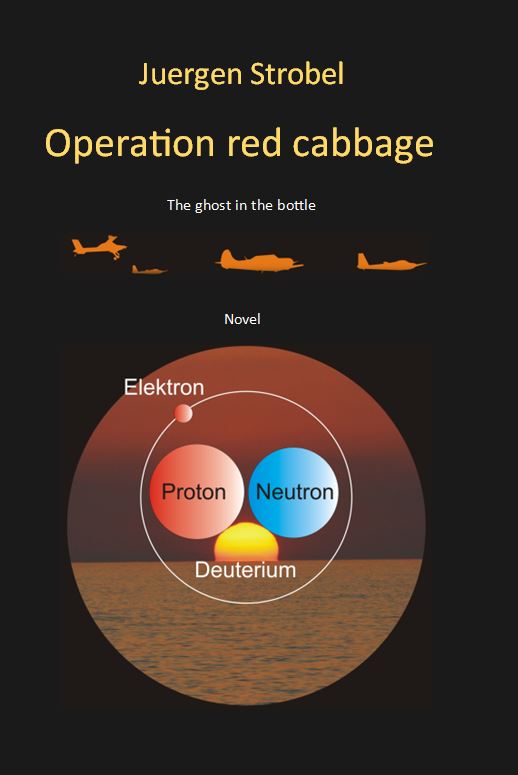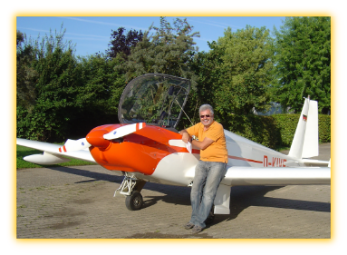
The ghost in the bottle
On March 23, 1989, the American chemist Prof. Dr. Martin Fleischmann announced at a press conference at the University of Utah that he and his colleague Prof. Dr. Stanley Pons had succeeded in achieving nuclear fusion at room temperature in a simple table-top experiment. This news about the so-called "cold fusion" went around the world at Internet speed and sent all plasma physicists into a panic. Should the billions of dollars spent so far on research in the field of "hot nuclear fusion" have been in vain? Are the days of the large fusion experiments in Greifswald, Garching, Jülich or even the tokamak experiment JET (Joint European Torus) in Abingdon numbered?
The excitement quickly died down, however, as no research group in the entire world was able to successfully repeat this experiment. None, that is, except for the two Heidelberg physicists Dr. Friedrich Schütz and Dr. Michael Wimmer, who continued their efforts to make cold fusion a success, because they had discovered a simple error in the publication of Fleischmann's formula that probably had not been noticed by any of their colleagues around the world.
When the Russian economy, as the world's largest exporter of natural gas, learned by chance through a student named Andrei Jurkov, who was working as a guest at a physics institute at the University of Heidelberg, that these two physicists had retreated to a secret underground laboratory at their institute to work intensively on cold fusion, which had obviously succeeded, they had to get absolutely certain results with Jurkov's help. If cold fusion was really possible, the Russian export of the much sought-after natural gas and, in particular, the export contract for the delivery of 500 billion cubic meters of this blue fuel to 27 countries in Europe were seriously endangered. In this case, there was only one alternative for the Russians: the elimination of the two physicists and the destruction of all their research results.
However, the Russians made the calculation without the two loyal friends of Dr. Schütz and Dr. Wimmer, Alexander von Luckner and Daniel Bauer.
Why was this book written?
I lost two of my best friends in a tragic plane crash of an almost new biplane near Speyer on March 22, 2000. This accident caused me many sleepless nights, because I was supposed to be in that plane myself. Only by chance I was not able to fly as co-pilot on that day.
The cause of the accident has not been fully clarified to this day. With this book I primarily wanted to set a lasting memory for the two killed fellow pilots, to come to terms with this event and to conclude it for myself.
At that time I was working as a technical assistant at the Kirchhoff Institute for Physics in Heidelberg. According to the motto: "Life writes the best stories, but mostly also the saddest ones" I let this plane crash, the mysterious death of one of my institute colleagues, who drowned in the Neckar, a falling scaffolding, which almost killed me in my car, as well as further, however also pleasant, own experiences flow into an economic thriller, whose continuous plot is however freely invented. It is essentially set in the Rhine-Neckar region, but towards the end of the book it stretches across the whole of Germany and ends on a distant island.
The book, which appeared in its first edition almost at the same time as, but not intended to coincide with, the Fukushima reactor disaster, describes the successful attempt by two physicists from Heidelberg to solve the world's energy problem with so-called "cold nuclear fusion." But no one believed that this could succeed. Except for the oil magnates from the East. They saw the export of their oil and natural gas seriously threatened should this discovery conquer the market. Therefore, their interest in this development was so great that they did not even shrink from murdering the two scientists in order to get their hands on the experiment and its documents. But first they had to find the hidden ORECA-laboratory where the experiment had taken place. Because one of the killed physicists had entrusted this secret to his two best friends in a testamentary letter just in time before his death.
In order to save the experiment from the Russian oligarchs, these two friends were to transfer it to the European Commission in Brussels, where a confidant of those killed held a high post. In a spectacular chase through the catacombs under the institutes of the University of Heidelberg in Neuenheimer Feld, through the Kraichgau and then in a motor glider over almost the whole of Germany, they were always a nose ahead of their pursuers. Through an ingenious trick and the subsequent apparent loss of the explosive cargo, they completely misled their pursuers.
And how did I come up with the title?
Anyone who knows the movie "IQ, Love is Relative" with actor Walter Matthau, who plays Einstein in it, knows why. I don't want to reveal more here.
Available in paperback from Amazon
ISBN-13 : 979-8375912264
